
Aside from directing, acting, writing, and all the other obvious aspects of cinema, another crucial component of film is the business side of things. The careful balancing of art and commerce is a fine line between a potentially great film or one that is lackluster.
On one hand, if a movie is too personal to a filmmaker’s experience, or too “artistic,” it could be considered a colossal disaster. On the other, if a film is focused too much on the “entertainment” factor, it can risk alienating some of its audience. A good example of this concept would be the filmmaker Nicolas Winding Refn, who walked the line successfully with Drive. Unfortunately, he followed that with the much less commercially appealing Only God Forgives.
In contrast, when you look at a filmmaker like Spielberg, you get almost the perfect example of straddling the line between art vs. entertainment. He’s the director that popularized the concept of the Blockbuster with hits like Jaws. Spielberg would go on to make several films for “high-brow” audiences and people that just want to be entertained simultaneously (e.g., Catch Me if You Can).
Filmmaking is one of the riskiest, most expensive art forms to produce. Making a film is a gamble, it requires an investment that may or may not be profitable. Producers have to feel like they will at least receive their investment back.
In order to make financing less precarious, audiences are seeing more and more of the same predictable type of films that are almost guaranteed to pay off. Superhero movies are a great example of this; although they are technically impressive, and draw large audiences, it’s sometimes difficult to take them seriously because they fail to take any real chances.
For this list let’s take a look at a few movies by directors who were able to pull off a tricky feat: they entertained audiences without compromising their vision. In other words, these are films that offer the best of both worlds. They appeal to the entertainment side, as well as our need to engage in something sophisticated.
1. The Square (2017)
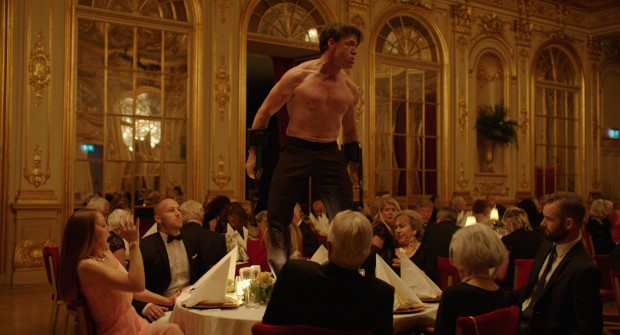
The Square is a film about the art world, and a well-off curator struggling to come to terms with his morals for what could very well be the first time in his life. Aside from being partly about “art,” what makes this film a flawless blend of art vs. entertainment is the fact that Ruben Ostlund takes some very bold chances here. Ostlund goes a step beyond commenting on what the main character’s perception of the world is, and looks to the audience.
Without spoiling it, you might feel yourself getting incredibly uncomfortable in one scene (hint: it’s the one pictured on the poster), and you might even find yourself wondering, “What would I do in a situation like that?”
2. Inglourious Basterds (2009)
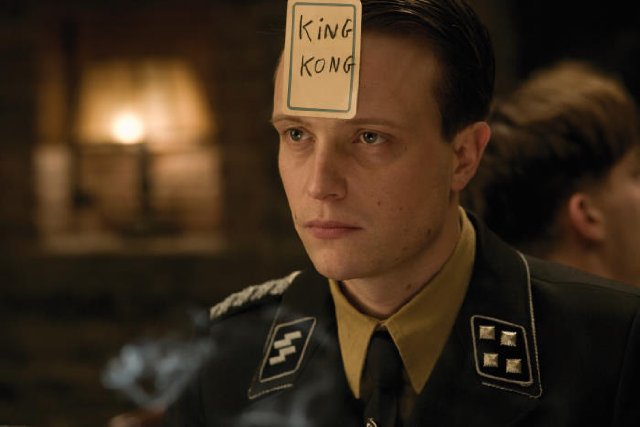
Tarantino has never been a filmmaker known for being a formalist. He has made an entire career based on various pop culture references, and fantastic soundtrack choices. But Inglourious Basterds was particularly effective when it was released due to the fact that Tarantino somehow found a way of topping his technique even further.
Inglourious Basterds is obviously “revisionist history,” but Tarantino may be the only filmmaker who could have made the idea work. By depicting such a gravely serious time in history and contrasting it with such an over the top flair, we get one of the most unique films ever. It may have been the first time in cinema history audiences saw Hitler, songs by David Bowie, and Billy Preston in the same film.
3. The Departed (2006)
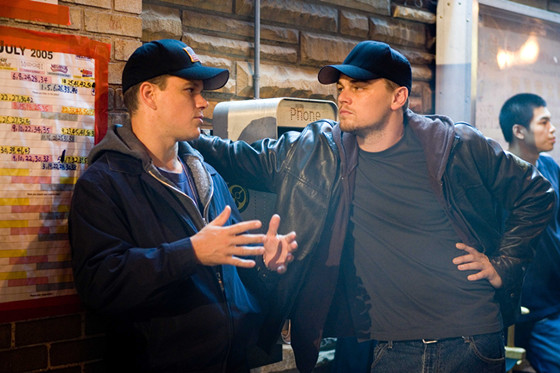
If you look at Scorsese’s filmography you can easily spot the similarities between The Departed and everything else. But the reason this film is being included on this list is because, out of all his crime films, it may be his most commercially appealing.
Adapted from a popular Hong Kong crime film (that spawned two sequels), screenwriter William Monahan attempted to give The Departed the American treatment by modifying the original characters with Irish backgrounds.
From this we get a great commentary on the American dream, and the immigrant experience. That really makes the initial idea Infernal Affairs was going for a much richer experience, because the story of an undercover cop and a “rat” infiltrating a mob can seem outlandish at times. It’s as if someone took a good Hollywood action crime film, and let Scorsese take over.
Regardless, however unrealistic the premise may seem is very quickly undercut by Scorsese’s eye, and constantly engaging camera choices (seriously: this film has scenes with cinematography so full of life, even a simple boardroom meeting becomes exciting), and Monahan’s intelligent script.
4. Wake in Fright (1971)
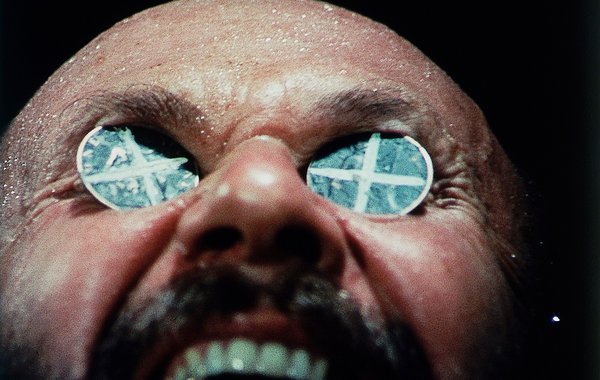
Wake in Fright, a film about a schoolteacher’s lost weekend, has a reputation for being one of the most controversial Australian movies of all time. It was adapted from a novel (which is debatably sometimes an indicator for a film being possibly too “high-brow” for the casual moviegoer), but you wouldn’t expect that from watching.
It has the feeling of a lighthearted film at first, and it leads the audience to really dark places. It eventually becomes not just a movie about a crazy weekend anymore, but a meditation on existence.
5. North by Northwest (1959)
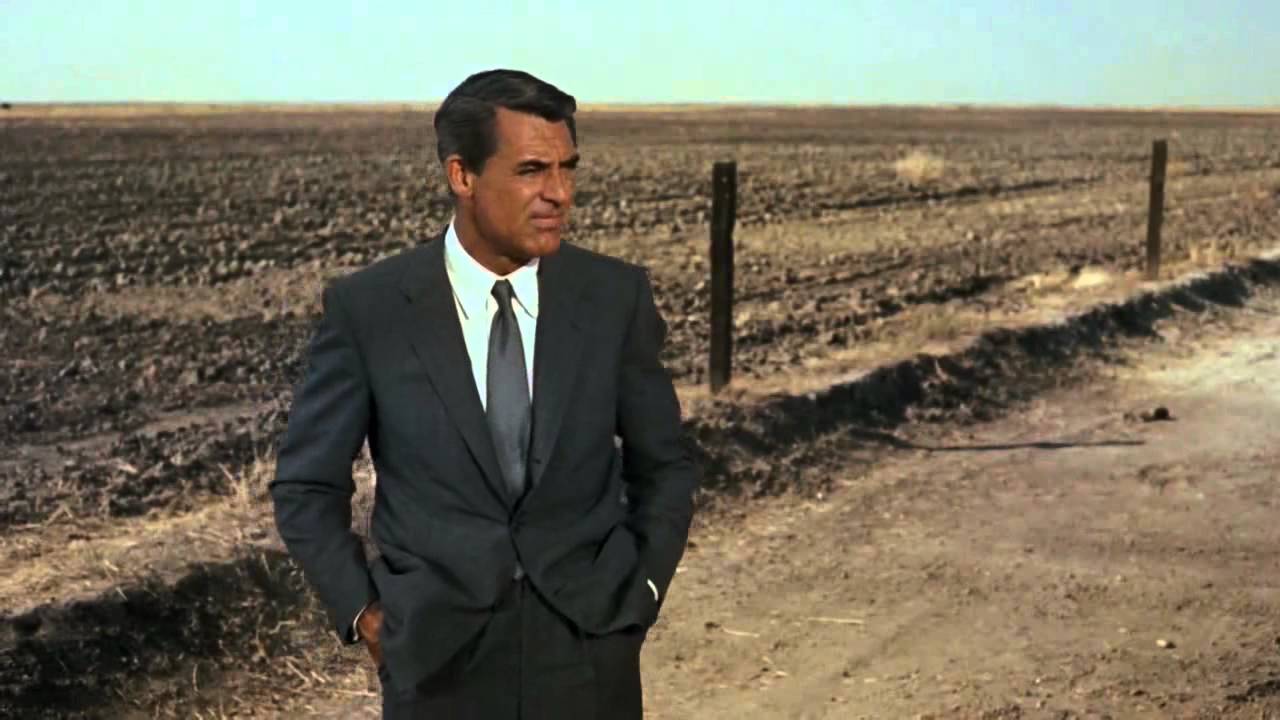
Alfred Hitchcock is one of the best filmmakers to use as an example of creating “artistic entertaining films.” Throughout his filmography we’ve seen him take the mainstream horror/thriller film, and take it to unprecedented places.
The crop-duster scene in North by Northwest still holds up as one of the most memorable sequences in a thriller. It’s worth noting that Hitchcock was particularly adamant about certain aspects in the production of this film: he refused to shoot the film in anything but widescreen, and he insisted on having final cut. The result is one of the most original films to grace the thriller genre.